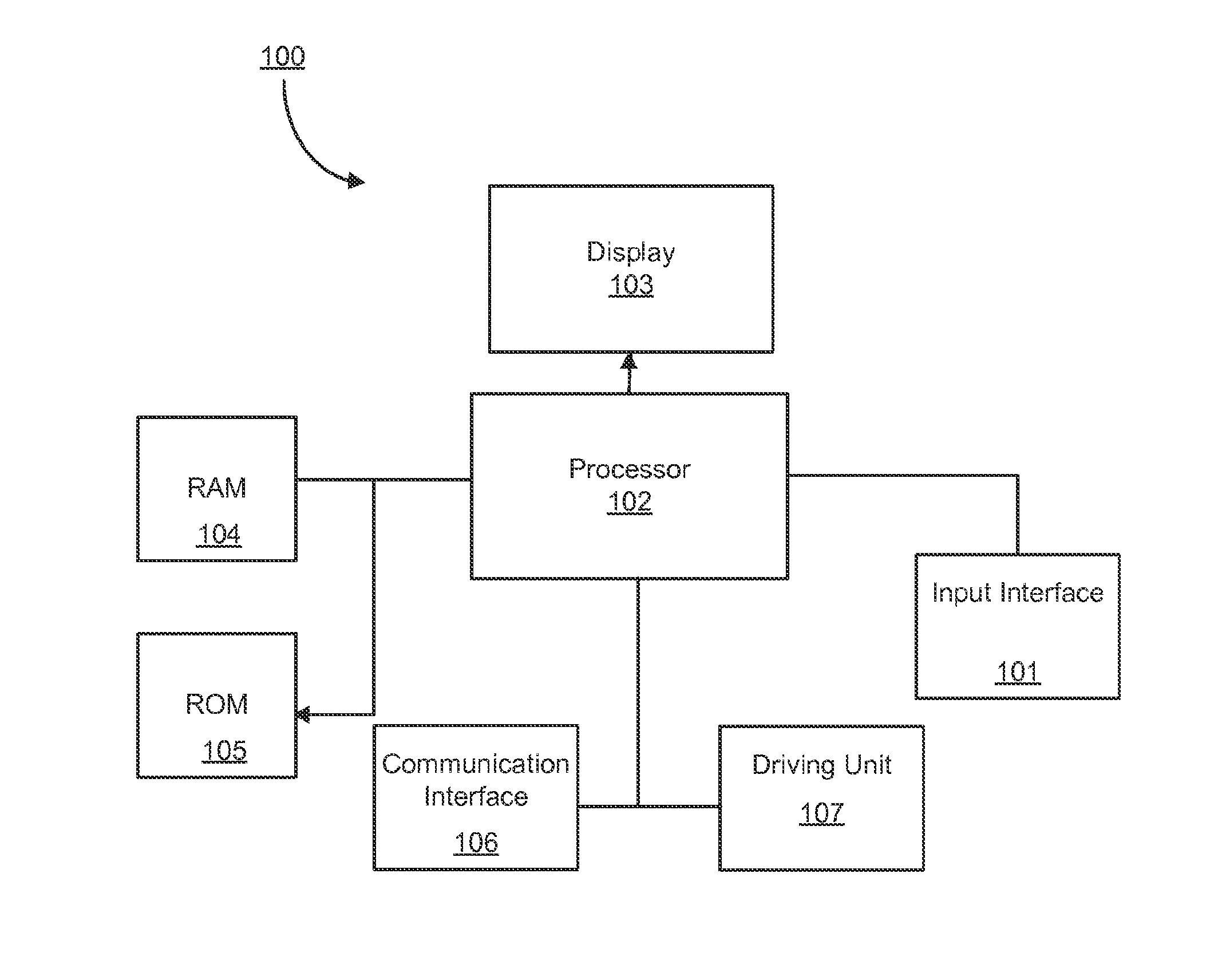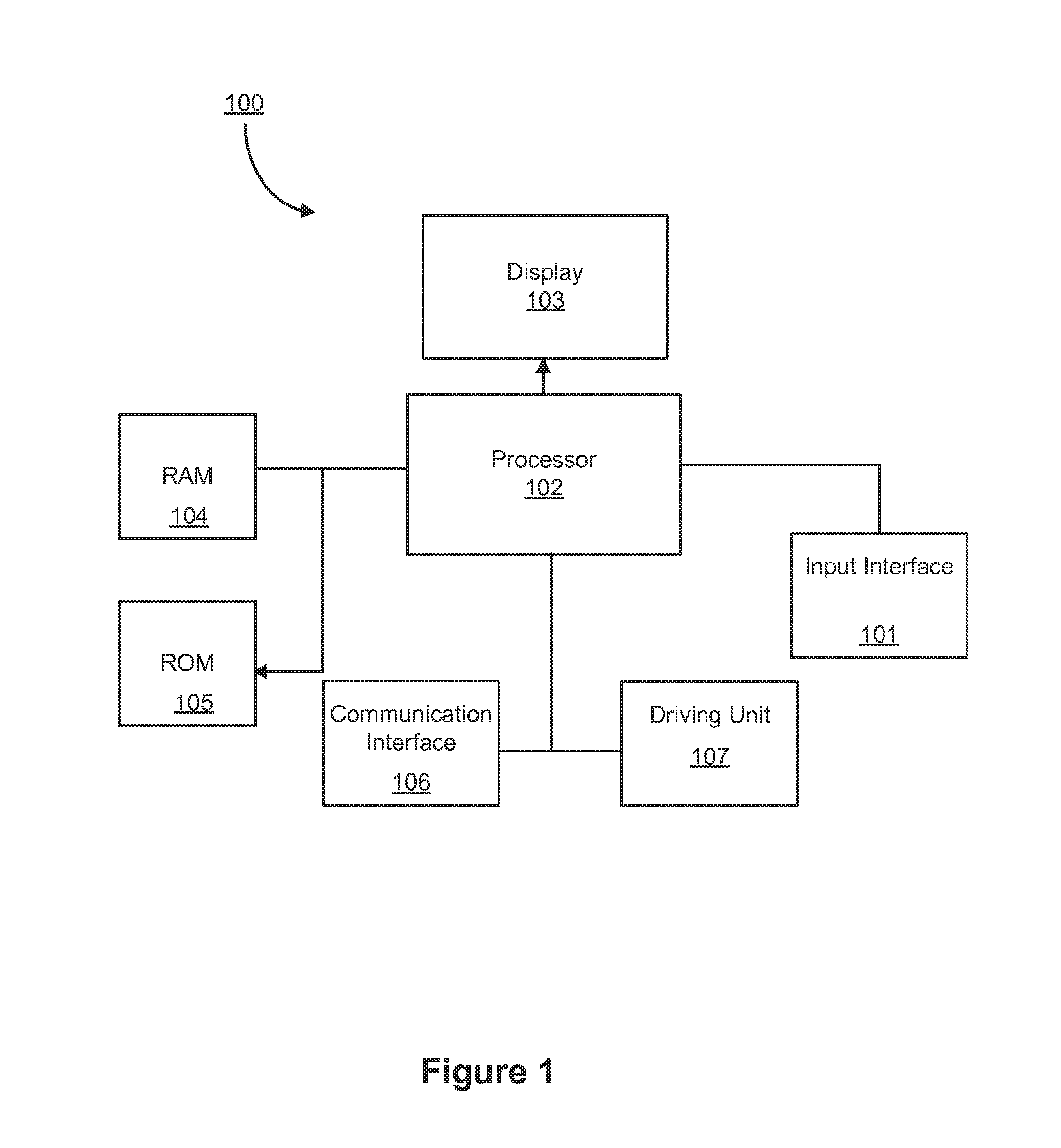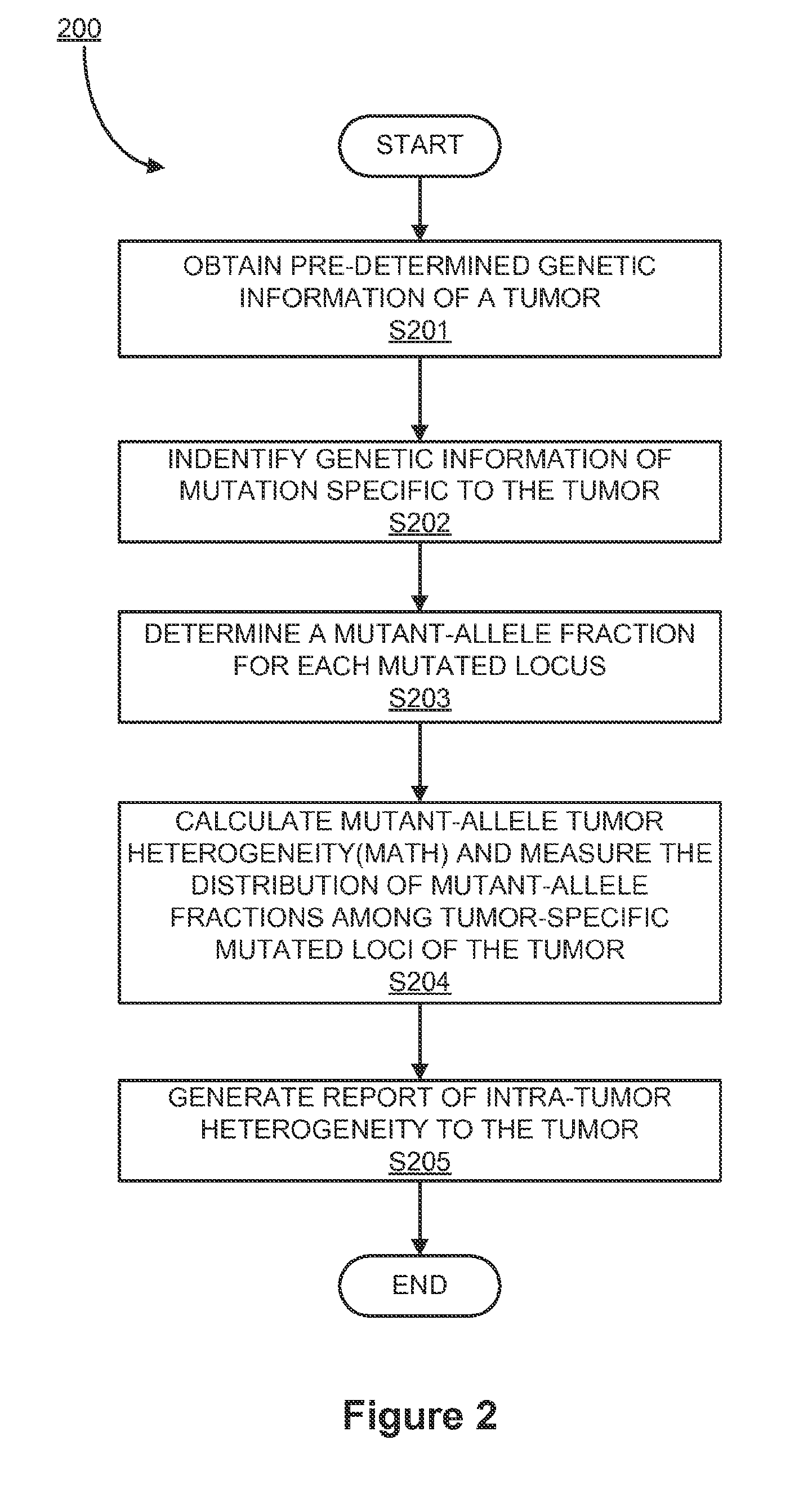System and method for using genetic data to determine intra-tumor heterogeneity
a technology of intra-tumor heterogeneity and genetic data, applied in the field of system and method for determining intratumor heterogeneity, can solve the problems of inability to use a simple, generally applicable measure of genetic heterogeneity suitable for clinical trials and practice, and the greater extent of genetic heterogeneity poses a risk of worse clinical outcome,
- Summary
- Abstract
- Description
- Claims
- Application Information
AI Technical Summary
Benefits of technology
Problems solved by technology
Method used
Image
Examples
Embodiment Construction
[0025]The term “genetic information”, as used herein, may refer to any suitable information relating to a tumor. For example, the genetic information may refer to genetic sequences, for example, such as DNA sequences.
[0026]The term “intra-tumor heterogeneity”, as used herein, may refer to differences among cancer cells within a tumor.
[0027]When a tumor DNA sequence of a patient is compared with that of the same patient's normal tissue, including either the entire genome or a genome subset such as protein-encoding portions called the “exome”, mutations specific to the tumor may be identified.
[0028]Modern techniques, for example, 454, Illumina, Ion Torrent, may determine DNA sequences from many individual fragments of DNA analyzed separately, typically following separately localized amplification of the starting fragments. These modern techniques may be generally limited in the specific fragments of DNA, and these techniques may not be applied to any other systems.
[0029]The term “read...
PUM
 Login to View More
Login to View More Abstract
Description
Claims
Application Information
 Login to View More
Login to View More - R&D
- Intellectual Property
- Life Sciences
- Materials
- Tech Scout
- Unparalleled Data Quality
- Higher Quality Content
- 60% Fewer Hallucinations
Browse by: Latest US Patents, China's latest patents, Technical Efficacy Thesaurus, Application Domain, Technology Topic, Popular Technical Reports.
© 2025 PatSnap. All rights reserved.Legal|Privacy policy|Modern Slavery Act Transparency Statement|Sitemap|About US| Contact US: help@patsnap.com



